
Stash
-
Posts
887 -
Joined
-
Last visited
Content Type
Profiles
Forums
Articles
Gallery
Downloads
Events
Posts posted by Stash
-
-
Definitely a Hay Bud, looks to be in pretty good shape too. I don't have AIA in front of me to confirm date, but I'm sure someone will chime in before too long. By the way, it is a farriers anvil, with a clip horn and 2 pritchel holes. Here in south east PA it is worth $5-6 a pound. You going to use it? Where in PA are you?
Steve
-
I've made scrapers (for use on wood) from old saw blades. Cut them with a hacksaw or angle grinder- a shear will deform the edges too much. Clean the face with fine sandpaper, dress the edges with a file and raise a bur with a burnisher- I use a piece of polished drill rod. For a straight scraper I make it ~ 3x 4". For flattening plane soles, both wood and metal, I have had good luck just using sandpaper on a flat surface- I have used float glass, granite countertop scraps and my tablesaw top.
Steve
-
Lookin good.
Steve
-
Welcome aboard, Curse. You can never have enough vises. The only Yost I have is patternmakers vise with a patent date of 1907 on it. It is pretty much identical to the Emmert PM vise. Got it from an old cabinet shop going- out- of- business sale.
Steve
-
Jobtiel- the Stanley- Bailey 4 and 6 have been real go- to tools in my shop for years. Chances are they need to be properly fettled (tuned up) and you'll be making whisper- thin shavings in no time. If you are interested, you can determine the model type and mfg date/ range- search for 'Stanley- Bailey type identification flow chart'.
Steve
-
-
AROP- welcome. It looks to me as if the hole is just a defect in the wrought iron forging that popped loose during its lifetime. Those bases were typically forge welded up from scrap wrought iron so it wouldn't surprise me that there are random bad welds due to crud inclusions. Foster didn't come out with the battery powered anvils until much later.
Steve
-
Hey Mad- welcome. Dating a PW is more a matter of narrowing in to a range based on markings or construction. I'm working from memory here, so I may be off a bit.If the anvil has an 'ENGLAND' stamp above the weight stamp, it is generally after 1910. This is due to US requirements. Not sure if that was only US exports, or all their exports (ie. Aus, in your case.) Roughly 1885-1910 the top face plate was 1 piece, prior to that it was 2 or more, with the seam visible for ID. I'm figuring your anvil is in the 1885+ group, as that is when they got a bit more 'streamlined' looking. Don't touch the top with anything more aggressive than a wire brush. The tool steel top surface is a lot thinner than you might think, and you could ruin it trying to flatten it.
Steve
-
We did a day trip to Steamtown last summer. That Big Boy sure was an impressive chunk of metal sitting out front there. I also enjoyed looking at the boneyard from the elevated walkway
Steve
-
Hey Frf- could you tell me (us) how you relieve/ round over the working edges of a South German style anvil? I know there has been plenty of discussion on easing edges of London style anvils, but I'm curious as to how you treat the flat tapered horn edges as well as the table.
Steve
-
Ditto what Flatliner said. Most likely.
Steve
-
Mr Anderson- that does look like the coal 12 ton. I recognize it because thats what I have, and I love it. There are some limitations due to the die size but it works a treat in my shop.
Steve
-
Probably won't worry about the axle reservoir- might just get a cheap box type and set it on blocks by the woodlot. Cold windy and snowy and I don't feel like being outside today, so I still need to roll it off the trailer, drain the tank and do some triage. I already have a forging press, so I don't think a conversion is in the cards.
Steve
-
ooowwwwww that hurts to even think about it. I'd want to smack someone. Really hard.
Steve
-
-
My Mom's b'day was 10/30- mischief night. My MIL, a proud Brit, had her first daughter on 7/4.
Steve
-
Like Das mentions above, I use BLO (boiled linseed oil) and sometimes tung oil, applied ambient temp, excess wiped and just bake in the sun. I find I need to touch up or re apply every 18- 24 months or so. I want to try Danish oil at some point- DO is simply a mix of BLO and some urethane varnish, something I could mix myself. I would just be concerned about the urethane component causing peeling.
Steve
-
Hey George- I had a similar problem with my C-O blower. The first large gear inside the box was spinning on the shaft. It had a pin that went into the shaft to keep the gear engaged, but the pin had puled out. I reset the pin in the shaft but it only worked for a little while before the pin pulled out again. I reset the pin again, and used a center punch to upset the bronze around the pin and locked it into place. Works fine now.
Steve
-
I didn't realize rhinos were that much of an issue in Leeds. Glad to hear you're being protectively proactive.
Steve
-
Welcome from mid east PA. We like pictures too- your shop, tools or work. Kids and pets are fine, too.
Steve
-
I don't think a shop stool would have been up for the task.
Steve
-
I haven't done canister damascus, but the gentleman I bought my press from used it for pattern welding billets, which I would imagine needs roughly the same kind of oomph. The press is a 12 ton, from Coal Ironworks and he squished a lot of billets together with it.. He sold it to me so he could upgrade to their 25 ton.
Steve
-
I'm a fan of the diagonal pein. I have 2 different sizes.
Steve
-
Nicely done. Did you weigh it before handling it?
Steve
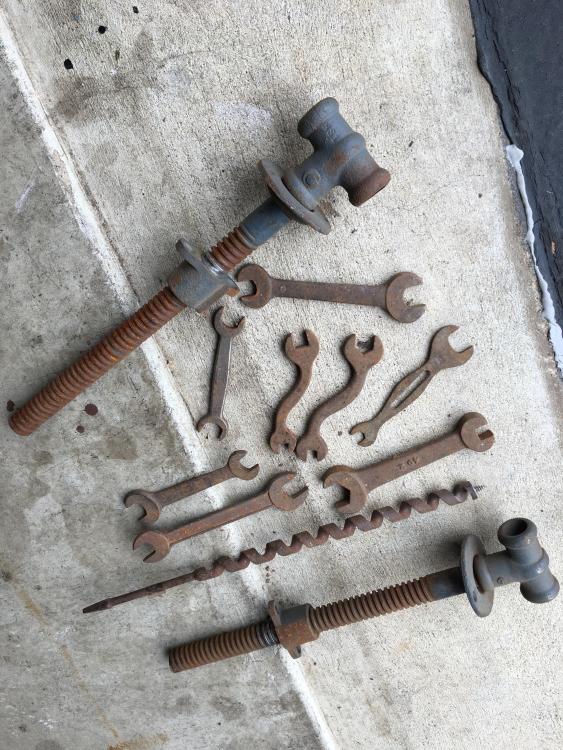
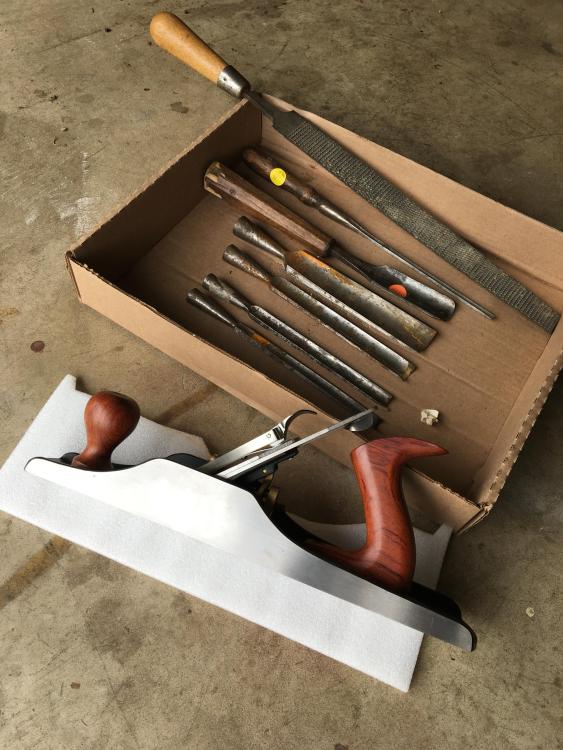
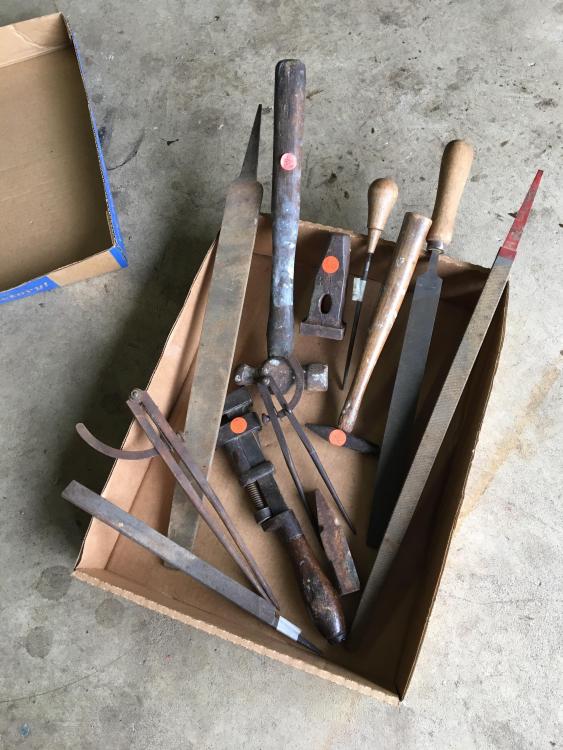
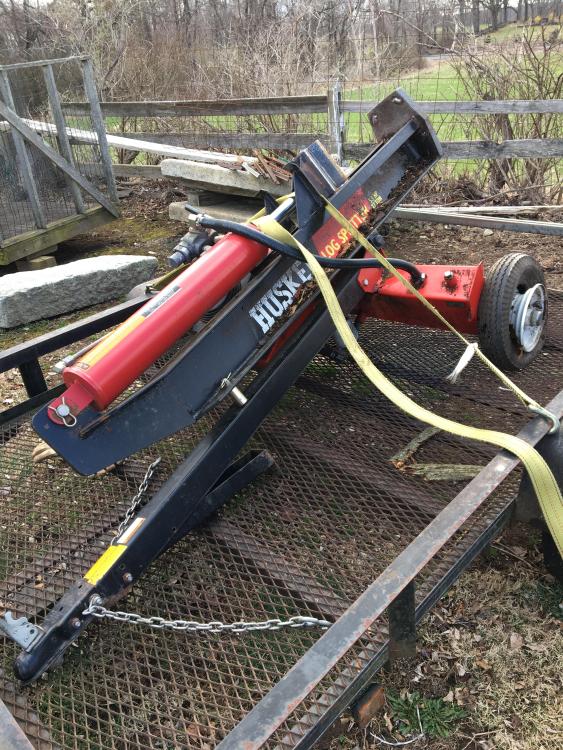
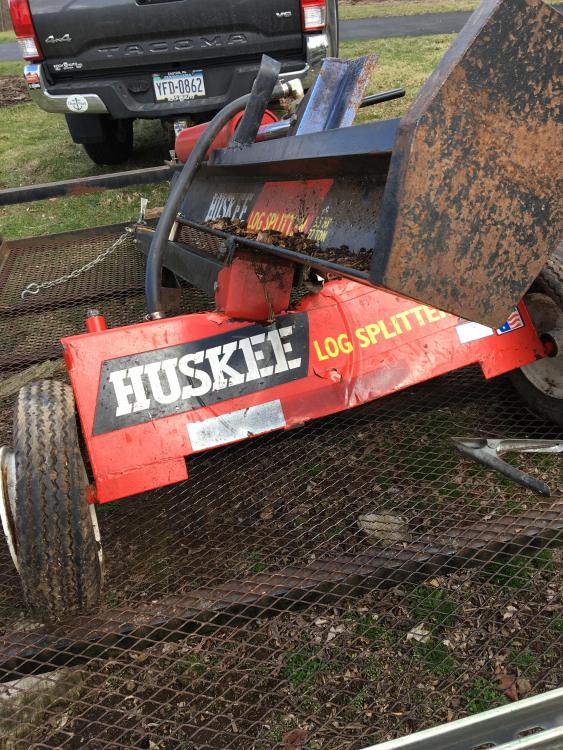
Peter wright partly missing face
in Repairing and Modification to Anvils
Posted
I don't mean to be piling on, but I concur with what was said by the others. As long as the remaining face plate is sound, just use her as- is.
Steve